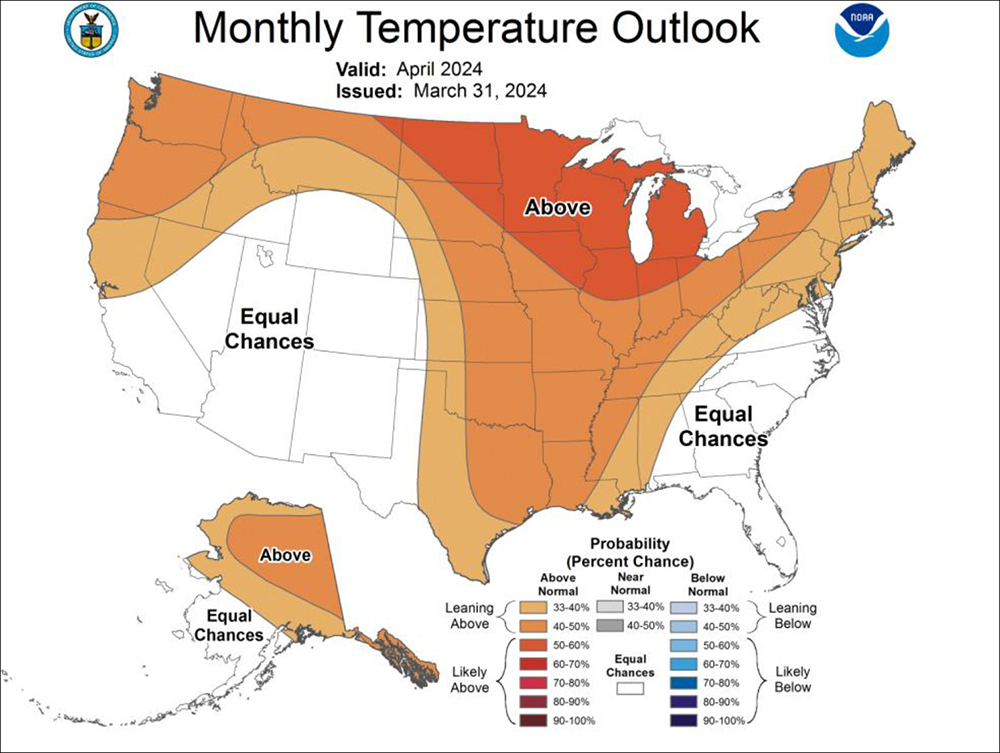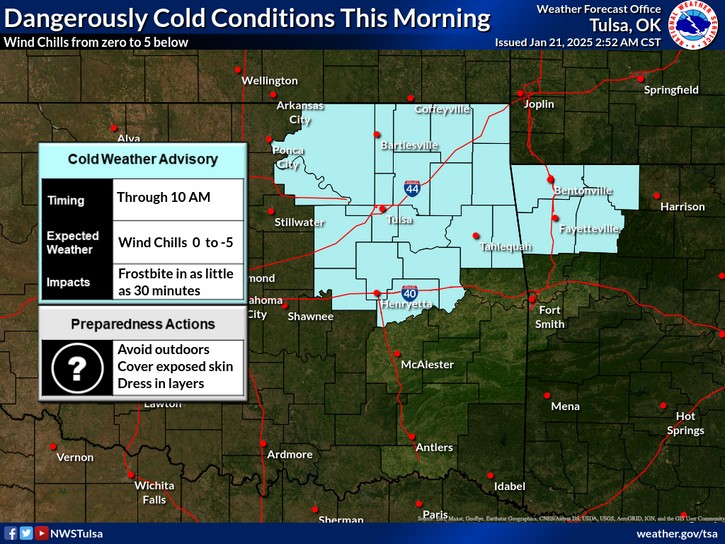Tornadoes return in March
By GARY McMANUS
OSC Mesonet
Oklahoma’s weather was mostly lamb during March, although it did have its lion moments. The state experienced only one true outbreak of severe weather, but that single event on March 14 was significant nonetheless with two confirmed tornadoes in McIntosh and McCurtain counties and hail greater than softball size in Ada.
Remarkably, Oklahoma had gone nearly five months without a confirmed tornado since the previous two back on October 24, 2023, in Garvin and Pottawatomie counties. These October tornadoes were the only ones in the state for the majority of the past nine months, aside from a solitary tornado near Woodward on July 7, 2023.
Get our free text update with our stories daily. Text JOIN to (866) 761-3006.
The five confirmed tornadoes from July through March are notably fewer than the 1951-2022 average of 15 tornadoes for the same nine-month span. The hailstorm on March 14 caused significant property damage in Ada, with reports of hailstones the size of baseballs and one measuring nearly 6 inches—the largest ever recorded in Pottawatomie County, according to the National Weather Service.
March also brought a late-season snowfall that deposited 3-4 inches of snow in the Oklahoma Panhandle on the 25th, with central Oklahoma receiving a few inches as well. A flash drought emerged in northwestern Oklahoma at the month’s end, following an extended dry spell of up to 107 consecutive days without at least a quarter-inch of rain. Elevated temperatures during this period further exacerbated the drought conditions.
The statewide average precipitation for March tallied 1.95 inches, as per preliminary data from the Oklahoma Mesonet, marking it as the 47th driest March since records began in 1895 and 0.83 inches below normal. In the Panhandle, the average total precipitation of 0.13 inches ranked as its 13th driest March on record, with an average deficit of 1.17 inches.
Deficits predominated across much of the state, although smaller areas experienced surplus precipitation, notably in central and southeastern Oklahoma. Valliant reported the highest total for the month at 8.46 inches, exceeding the normal by 3.6 inches, whereas Buffalo recorded a mere 0.01 inches—barely enough to register on the rain gauge—marking a deficit of 1.5 inches below normal.
Thirty-three Mesonet sites, including Buffalo, reported totals at or below an inch, while twenty-five sites accumulated at least 3 inches throughout the month. The statewide average precipitation for the first three months of the year stood at 5.57 inches, 0.47 inches below normal, marking it as the 60th wettest January through March on record.
The statewide average temperature was 54.1 degrees, 2.9 degrees above normal and ranked as the 22nd warmest March on record. Temperatures across the state ranged from a high of 88 degrees on March 31 at Alva, to 11 degrees at Boise City on the 26th.
The first half of the month was several degrees warmer on average than the second half, and most of the state spent more hours at or below freezing during the latter half of March. Freezing hours ranged from about one hour in parts of southern Oklahoma during March, to nearly 150 hours in the Panhandle. The first three months of the year were 1.9 degrees above normal at 45.9 degrees statewide, the 19th warmest January through March on record.
Drought coverage in the state expanded by over 5% throughout the month—from 3% to 9%—primarily due to the emerging flash drought across northwestern Oklahoma. However, there is some optimism for the state according to the Climate Prediction Center’s April outlooks.
These forecasts suggest increased chances of above-normal precipitation for all areas except the western Panhandle. Also, above-normal temperatures are anticipated across much of the same region. Additionally, the CPC’s April drought outlook indicates the potential for improvement or complete removal of the current drought conditions in Oklahoma.
Don’t miss out. Subscribe to our daily newsletter and never miss one of our stories.
Discover more from leflorecountyjournal
Subscribe to get the latest posts sent to your email.






